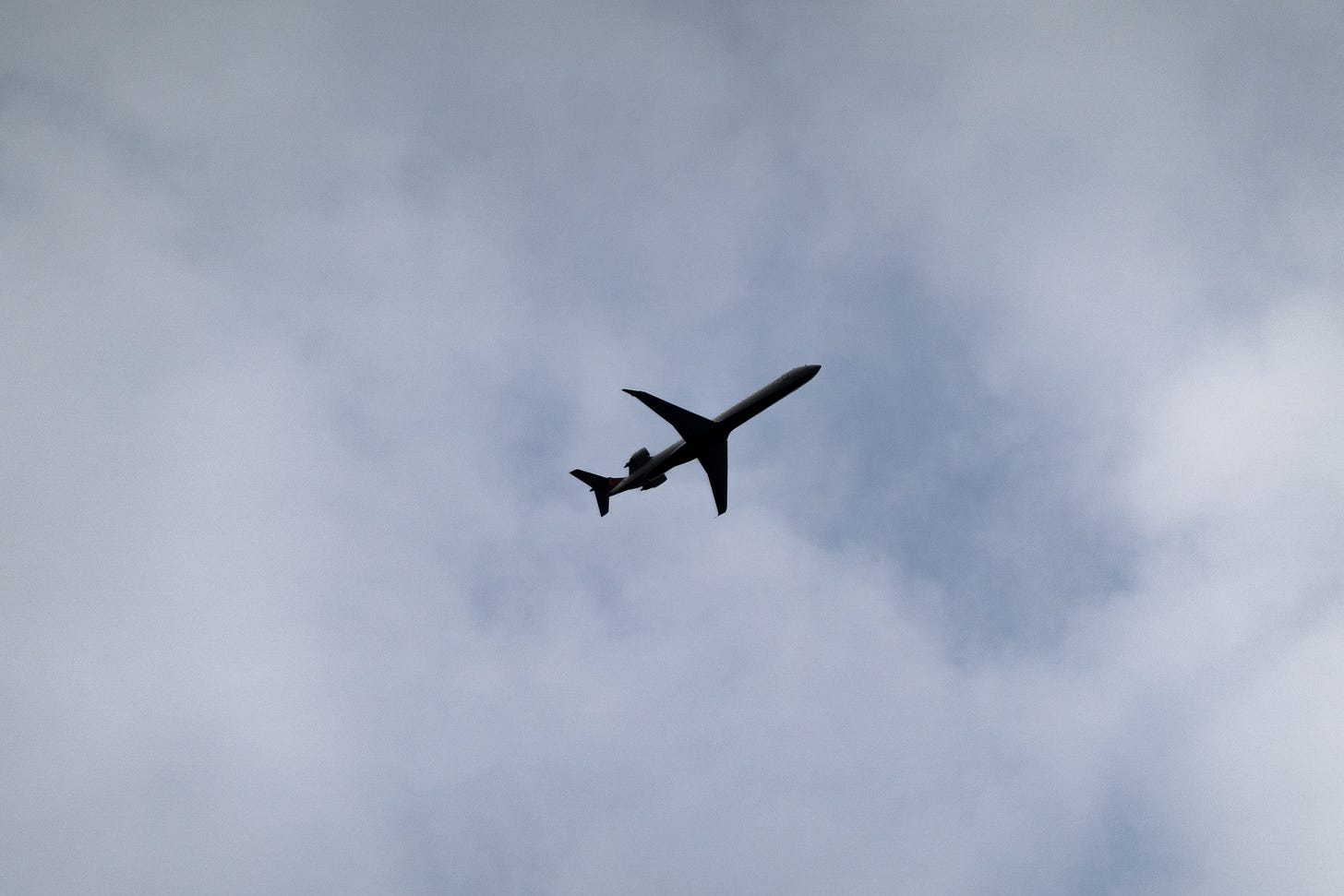Aviation safety is always a relevant topic, but it’s been especially in the public mind since the pandemic rebound. As air travel picked back up, there were a handful of close calls, many of which involved aircraft crossing or entering runways without clearance.
The problem largely seemed to be that people were rusty and making little mistakes, and although in aviation little mistakes can be costly, everyone was fine, a handful of runways got upgraded equipment, and while air traffic control remained (and remains) short-staffed, the public’s attention gradually turned to other things.
Safety was back in the spotlight in 2024, and despite a few serious incidents in the U.S. — like the Boeing doorplug blowout and a United jet losing a tire on takeoff — no one was significantly hurt.
Throughout all of this, experts pointed to the “Swiss cheese” model of safety, and how it was working as intended.
The Swiss cheese model is a method of reducing risk by adding layers of safety which, by themselves, wouldn’t be enough, but together, create a comprehensive net. Picture a few slices of swiss cheese. Each of them have holes in random places. But when you stack enough of those slices up, each slice operlaps and covers the holes on the slice below, and all of the holes end up being covered up.
On Wednesday night, there was a hole that made it through all of the slices of Swiss cheese. And it’s horrible.
An American Airlines regional flight operated by PSA Airlines on a CRJ-700 was seconds from landing at Ronald Reagan Washington National Airport (DCA) when a U.S. Army Blackhawk helicopter crashed into it. Both aircraft plummeted into the near-frozen Potomic river. The 64 passengers and crew on the commercial flight, and the three soldiers on the helicopter, are all presumed dead.
Kids heading home from an ice skating competition. Coaches. Tourists. People visiting family members. Business travelers. Pilots, flight attendants, soldiers.
An initial review of the air traffic control audio and the available tracking data suggest that the helicopter crossed into the plane’s path, despite coordinating with ATC, but it’s too soon to know how or why that happened. And it’s wildly inappropriate to speculate. The National Transportation Safety Board will conduct the investigation — the agency is thorough, scientific and talented.
As American Airlines CEO Robert Isom said in a memo to the airline this morning: “The NTSB will be the sole source of truth going forward, and accuracy is of the utmost importance.”
We’ve been incredibly fortunate in the U.S. that until Wednesday, there hadn’t been a fatal commercial plane crash since 2009. There have been several accidents, such as the 2018 Southwest engine failure that killed one passenger when a piece of the engine pierced the fuselage, but no true crashes.
There’s some luck involved in that, but it’s also the result of a tremendous amount of hard work by a multitude of smart and skilled people, companies, agencies, departments, and any other entity involved with air travel. This is the first U.S. crash in my career, and I’m grateful that we haven’t had to see this in so long. But it shows how safe we’ve made aviation here by adding enough layers and rendundancies, even as some holes could use another layer (like a shortage of air traffic controllers, exacerbating the stress on the current workforce).
Clearly there’s more work to be done.





